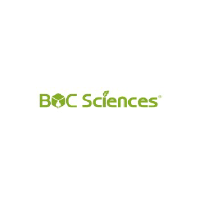Webinar: Theranostic Lipid Nanoparticles for Cancer Medicine
Prof. Gang Zheng's lab discovered porphysomes, liposome-like nanoparticles self-assembled from a single porphyrin-lipid building block, which enable the controlled photothermal/photoacoustic and photodynamic/fluorescence properties. Additionally, porphysomes inherently support MRI, PET, SPECT, radionuclide therapy and drug delivery. Since its discovery, the intrinsically theranostic porphysome has trod a path towards the clinic for the past ten years and is now entering its first-in-human use.Highlights of the presentation• Discovery of Porphysomes: Liposome-like nanoparticles self-assembled from a single porphyrin-lipid building block.• Versatile Properties: These porphysomes possess controlled photothermal/photoacoustic and photodynamic/fluorescence properties.• Multi-functional Support: Porphysomes inherently support MRI, PET, SPECT, radionuclide therapy and drug delivery.• Clinical Advancement: After 10 years of development, porphysomes are now in first-in-human trials.Speaker:Dr. Gang Zheng is a Professor and Tier 1 Canada Research Chair in Cancer Nanomedicine at the University of Toronto and the Associate Research Director of the Princess Margaret Cancer Center. He obtained his BSc in 1988 from Hangzhou University and PhD in 1999 from SUNY Buffalo. Following a postdoctoral training in photodynamic therapy at the Roswell Park Cancer Institute, he joined the University of Pennsylvania in 2001 as an Assistant Professor of Radiology and moved to Canada in 2006. His lab is best known for introducing the activatable photosensitizers for photodynamic therapy and the porphysome nanotechnology for cancer theranostics. Dr. Zheng is a Fellow of the American Institute of Medical and Biological Engineering and the Royal Society of Chemistry.

